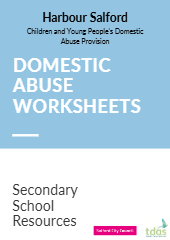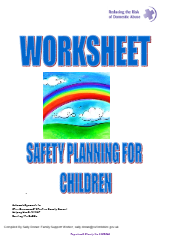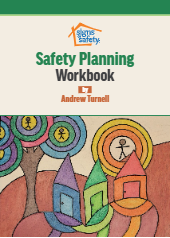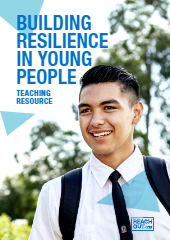
“Safety Planning with Children & Youth: Domestic Abuse” is a comprehensive resource designed to assist professionals, caregivers, and individuals working with children and young people who have been impacted by domestic abuse. The resource focuses on the importance of safety planning and provides practical tools and guidance to create personalised safety plans that cater to the unique needs and age groups of children and youth.
The contents of this resource include ‘My safety plan’ templates for both older and younger children, along with guidance on how to develop a safety plan in collaboration with children. The resource also provides information on other free ‘domestic abuse resources’ available for children and young people, and an appendix featuring sample scripts for safety planning sessions.
By utilising this resource, professionals and caregivers can empower children and youth to actively participate in their safety planning, enabling them to make informed decisions and take proactive steps to protect themselves in the face of domestic violence.
CONTENTS:
• ‘My safety plan’ template (for older children)
• ‘My safety plan’ template for younger children
• Guidance: developing a safety plan with children
• Other free ‘domestic abuse resources’ for children and young people
• Appendix: Print out – sample scripts for safety planning with children
and youth
FREE PDF DOWNLOAD OF SAFETY PLANNING WITH CHILDREN & YOUTH: DOMESTIC ABUSE
SIMILAR FREE RESOURCES
Direct Work Activities Worksheets for Children Affected by Domestic Abuse Toolbox
This resource is a toolbox of worksheets designed to assist professionals in working with children and young people affected by domestic abuse or violence. It includes a variety of interactive and engaging activities focused on three key areas: regulation, relationships, and resilience. These tools are evidence-based and aim to help children express their feelings, understand their experiences, and develop coping strategies.

Secondary School Resource Tool Kit
The toolkit provides educational worksheets and activities to support young people in understanding and coping with domestic abuse. The toolkit covers recognising safe versus unsafe behaviours, understanding the effects of abuse, and creating personal safety plans. With interactive sections like relationship case studies, emotion check-ins, and exercises on coping skills, it aims to build awareness, resilience, and confidence among young people. This resource is ideal for educators and counsellors working with youth to promote healthy relationships and safety.

Safety Planning Workbook for Children
This workbook provides children with tools to recognise their feelings, understand personal safety, and identify trusted people they can talk to. Through activities like creating an “imaginary safe place” and learning about “oh oh” feelings (indicators of discomfort or danger), children are guided in recognising safe and unsafe situations. The workbook also includes a “Helping Hand” activity, where children list trusted contacts. This resource is especially useful for professionals working with children who may be experiencing or processing challenging family environments.

Guide to Safety Planning with Children

Safety Planning Workbook for Children
This workbook, developed by Professor Andrew Turnell, provides a structured approach to safety planning for children in challenging family situations. It includes practical tools such as the “Safety Circles” and “Helping Hands” exercises, enabling children to identify trusted individuals and build a sense of security. The workbook encourages open discussions about safety concerns, helping children express their feelings and understand protective steps. It is a valuable resource for child protection professionals, families, and support networks to work collaboratively on creating a safe environment for vulnerable children.

Supporting Children: Domestic Abuse and Bullying
This training resource by Barnardos is designed for professionals working with children affected by domestic abuse and bullying. It provides evidence-based insights, practical exercises, and session plans to enhance understanding and support skills. Key components include recognising the impact of abuse on children, understanding the cycle of violence, dispelling myths, and developing supportive policies and procedures. The toolkit also includes guidelines for effective communication, intervention strategies, and self-care for professionals, aiming to create a safe and supportive environment for children experiencing abuse.









